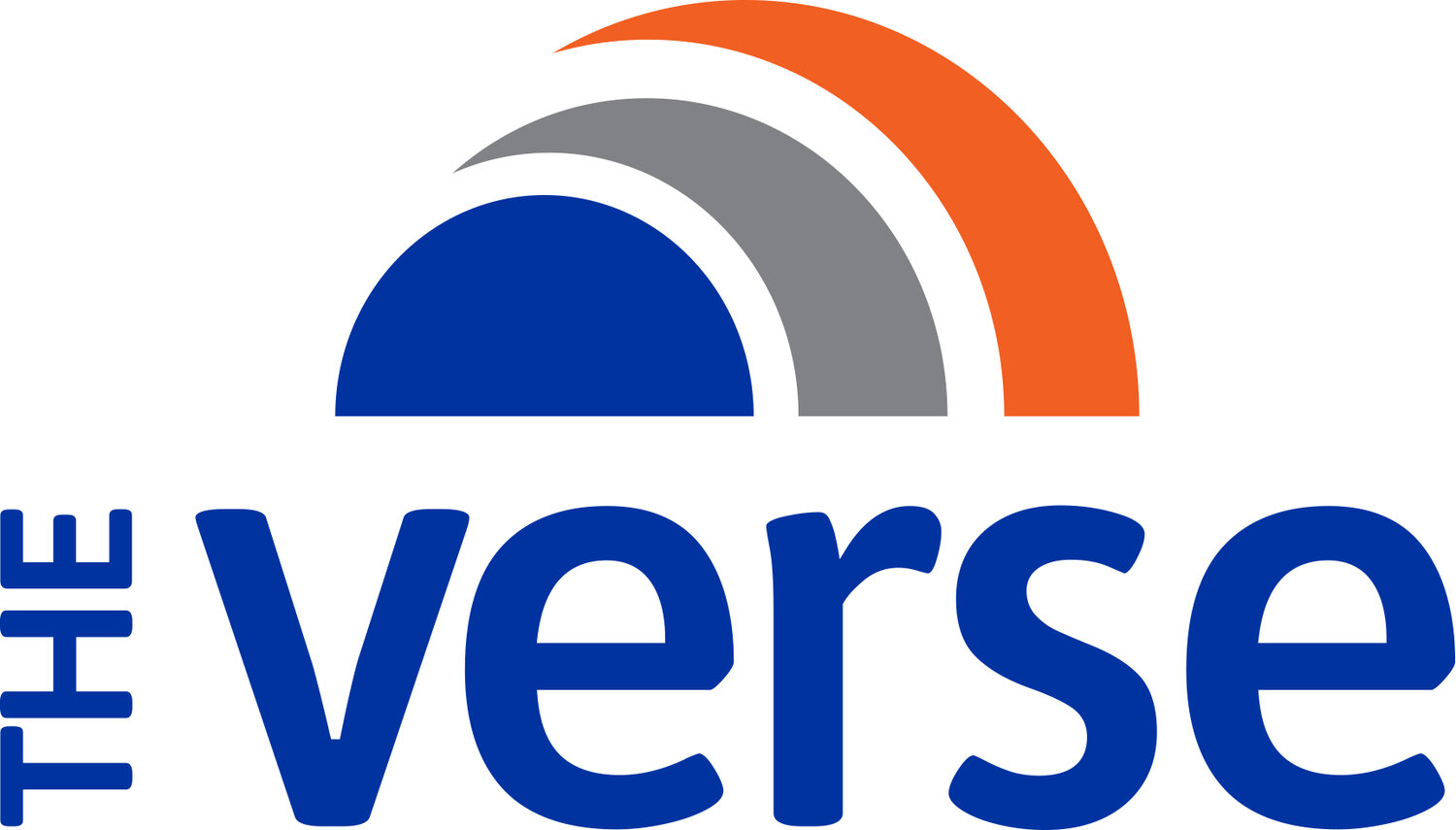Understanding the Racial Wealth Gap
Assets over income: tackling the wealth gap.
We could point to the overabundance of data until we’re blue, but by now you’d have to be willfully ignoring all inputs to be unaware of our country’s wealth gap which, broken down, is roughly: The wealthy become wealthier while everyone else trends in the other direction. Do we actually know what this means, though—do we know it when we see it? Racial disparities are largely to blame, but income equality is only one step toward solving that equation; the rest—true financial security via asset-building—is what’s necessary to solve this juggernaut and alleviate poverty at a generational level. We’re always ones to show our work, so we called in a network reinforcement to help us break it down and, importantly, to suggest how awareness can become action.
While today a rabbit hole’s worth of racial wealth gap research is easy to chase, once upon a time you’d hit bottom before finding meaningful insights. “Everything about it could fit in a manila envelope—I knew every article inside out,” says Mae Watson Grote, founder & CEO of Change Machine, looking back at the organization’s origins 17 years ago. Grote’s own coming-of-age had taken a 180 when her single mother married the CEO she worked for. “Just like that, we were middle class,” she says. Looking back while working in Brooklyn’s Legal Aid office, she realized that while her mother had worked hard to rise the corporate ranks, she was also in the right place at the right time: “In a white supremecist society and economy, her whiteness meant opportunity.” She launched Change Machine as an inclusive financial coaching organization, to leverage that proximity to resources and decision-makers as a white woman in order to shrink the racial wealth gap and engender financial security for low-income communities.
At the time, Grote’s emphasis, to draw financial security solutions from clients’ own lived experience and expertise, was considered far beyond the box. How could people foundering under the weight of inequities—in homeownership, business loan attainment, access to affordable health and childcare, and disproportionate educational loans—actually build assets toward their closest-held dreams?
Turns out, with goals-oriented coaching, they can (imagine). Take Dwight, a Change Machine client. Just released from a five-year prison term for a drug-related offense, he was asked to name a “strengths-based, passionately held, forward-thinking goal.” His answer? To give his daughter the perfect fifth-birthday party (two pizzas, juice boxes, grab bags, balloons = $136). It was short-term attainable, specific and redefined him as a “saver.” More importantly, it was his to define.
Grote says that everyone is capable of naming an assets-driven financial goal, and that kind of client-centered thinking is essential to making real inroads. Similarly, there is no prescriptive way to contribute to wealth gap solutions once the first step, awareness, is taken. You could choose to call your members of Congress or join the board of an organization dedicated to fostering wealth equity. Contact your wealth advisor and divest from companies contributing to the problem or even start an investment venture (as Kate Poole did, chronicled in this fascinating podcast) dedicated to building a just economy. You could increase your charitable giving or even choose to adopt to grow your family, as Grote did. The point, she says, is to take action based on how you see your contribution to the problem—because we all have one. “If you’ve waded deep enough into it, it becomes clear how to contribute to the solution.”
